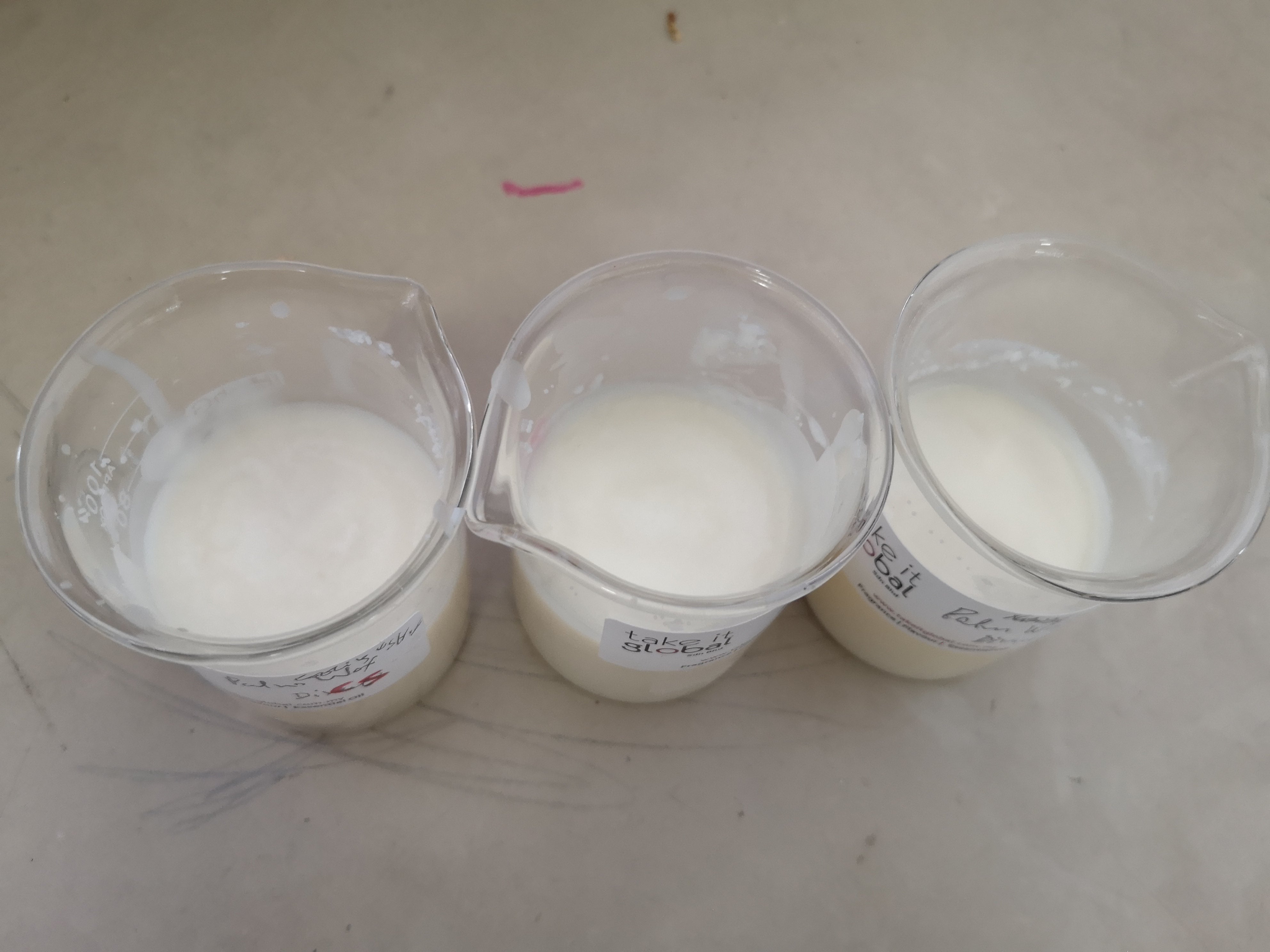Palm Wax

Around 200g palm wax was melted at around 70 C. Wax placed in a beaker, and heated over a water bath.
And poured into 3 beakers.
No additives of any kind are added.
Natural: Poured and then naturally cooled down and harden in an air conditioned environment.
NS: Poured and naturally cooled down and and harden while stirring.
CS: Poured and place in a water bath, and cooled down and harden while stirring.
Observations:
1. No cracking at the sides for all 3

2. Observations from top, no cracking for both NS and CS


3. Crack in the middle of the naturally hardened sample.
Soy Wax
Method and markings are the same as what was used for testing the palm wax.
Observations:
1. Both NS and Naturally cooled cracked when view from the side. No cracks observed for CS

2. Top view - Both Natural and NS show big cracks. Slight cracks on CS sample

3. Obsverations from top for Natural sample. Shrinkage in the middle, and cracks at the side

4. Observation from top for NS sample - cracks in the middle and at the side.

5. Observation from top for CS sample. Shrinkage in the middle and slight cracks

Conclusion:
It appears that soy wax is much more sensitive to temperature drops.
The temperature drop needs to be slowdown even further, perhaps by using a warm water bath and cooled down while stirring.

